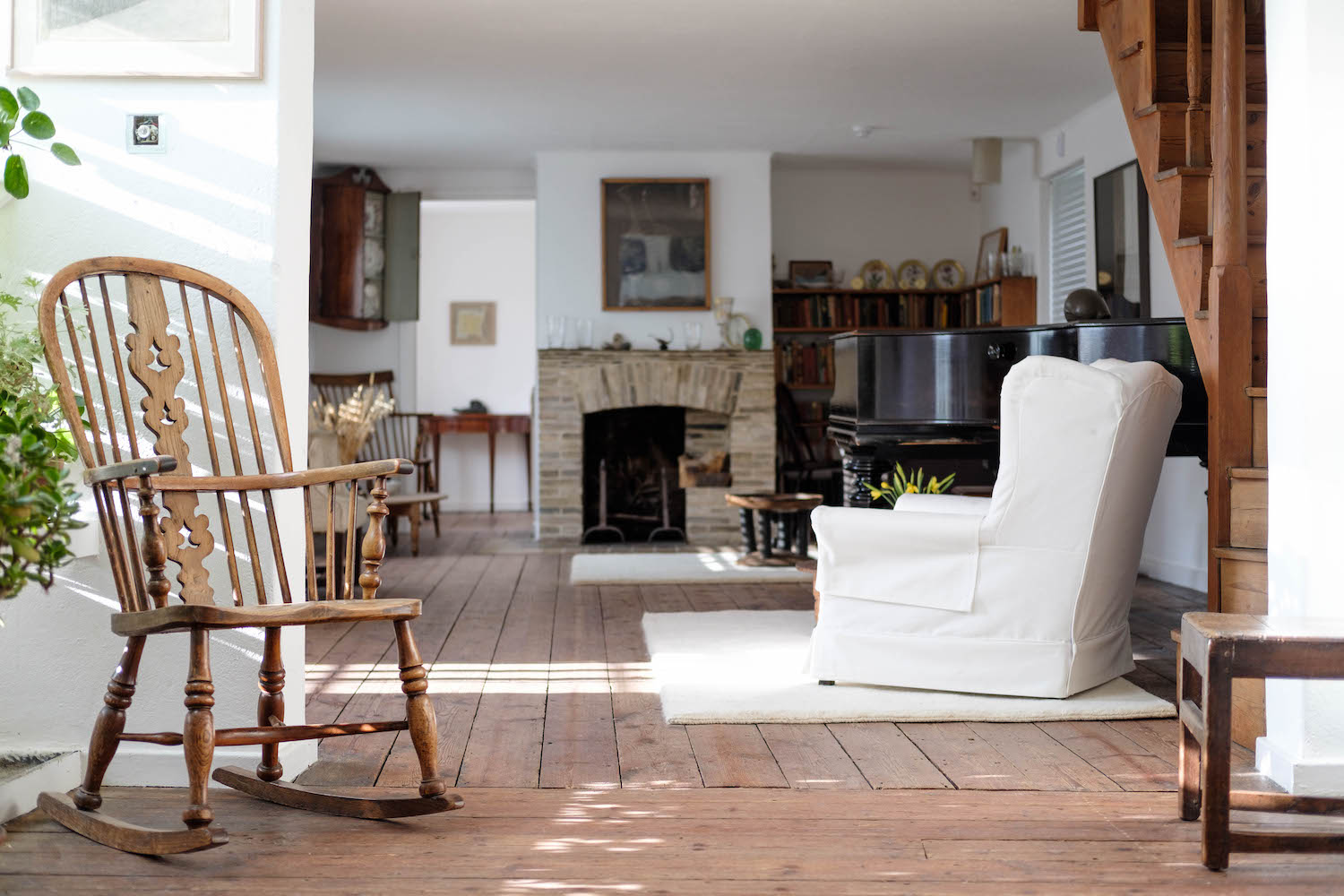Kettle’s Yard
A Way of Love

An ideal introduction to the Visual Arts where a pebble is treated the same way as a Brâncuși sculpture. Whilst the gallery space was created with a young audience in mind, it is open to anybody who’d like to appreciate a harmonious collection of found objects and British Modern art.
Usually, undergraduates and visitors were invited in the afternoon to ring the bell of Kettle’s Yard by pulling a fishing-net cork on the end of a rope just outside the main front door of the house – to which Jim Ede would likely answer after closing the lid to his Queen Anne bureau (bought when he was twelve years old). He would then write down the names of his guests on a card to later register them all in a book. In 1964, when responding to a thank you letter received from a student, Jim Ede ended his own reply note with: ‘Do come in as often as you like – the place is only alive when used’.
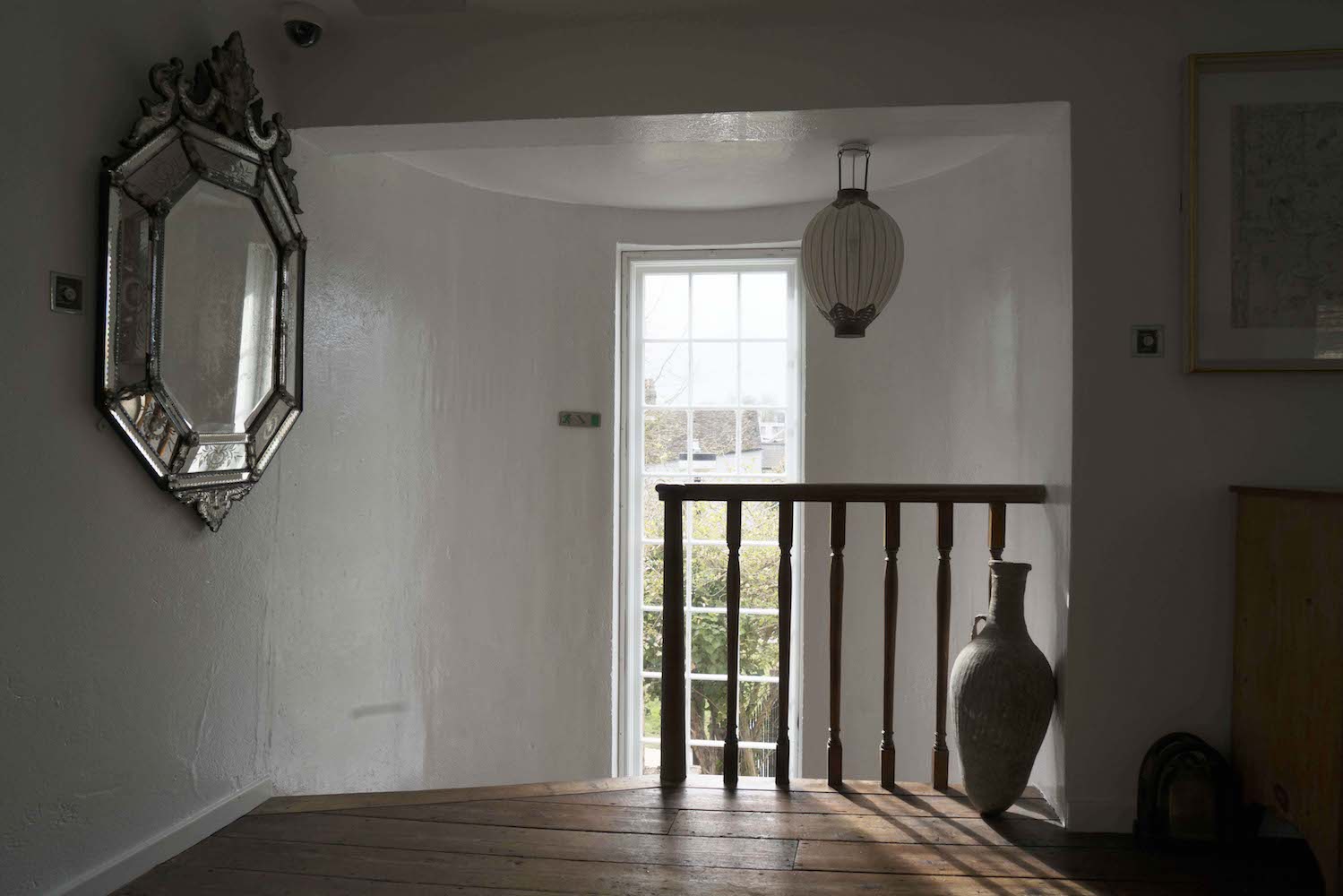
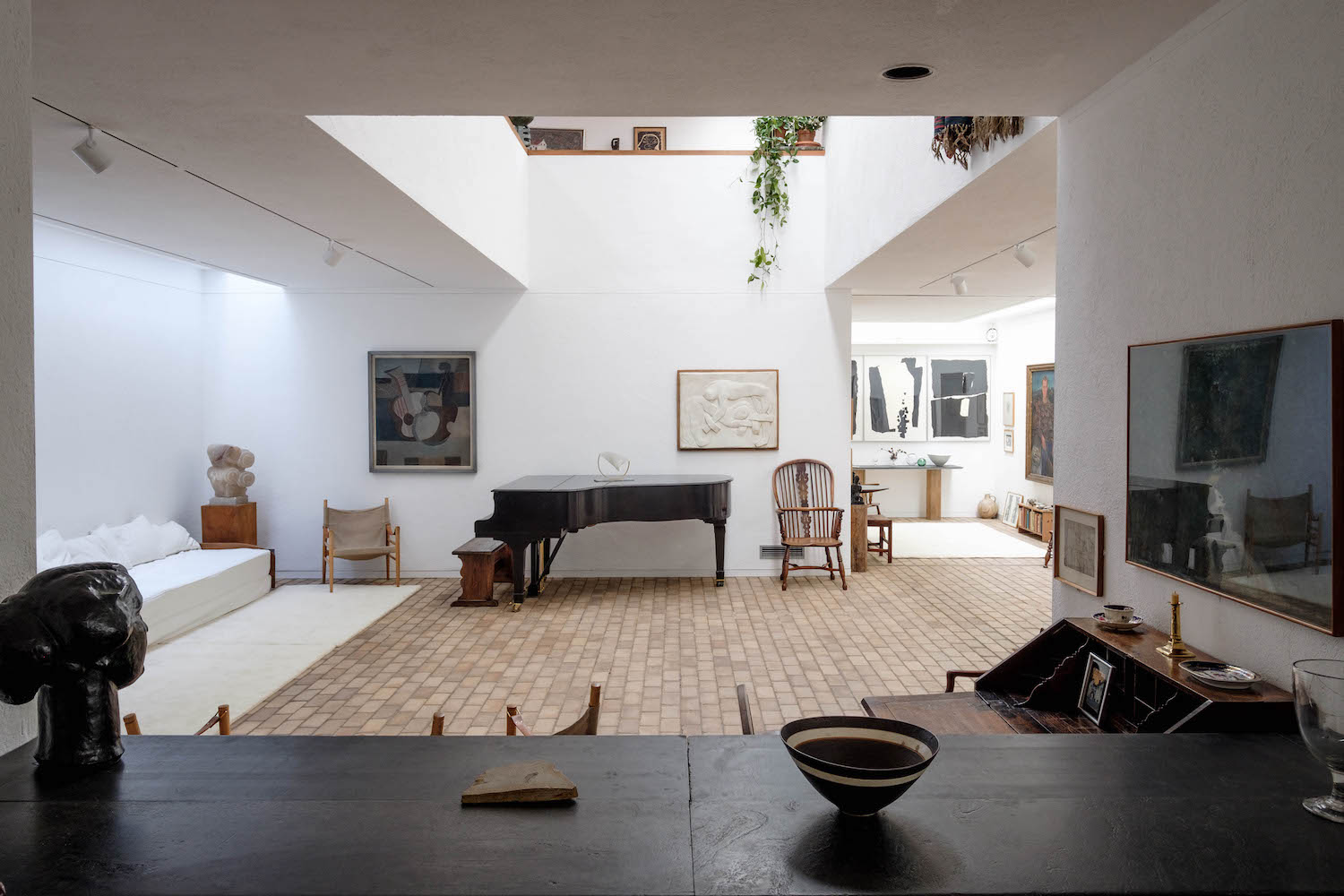
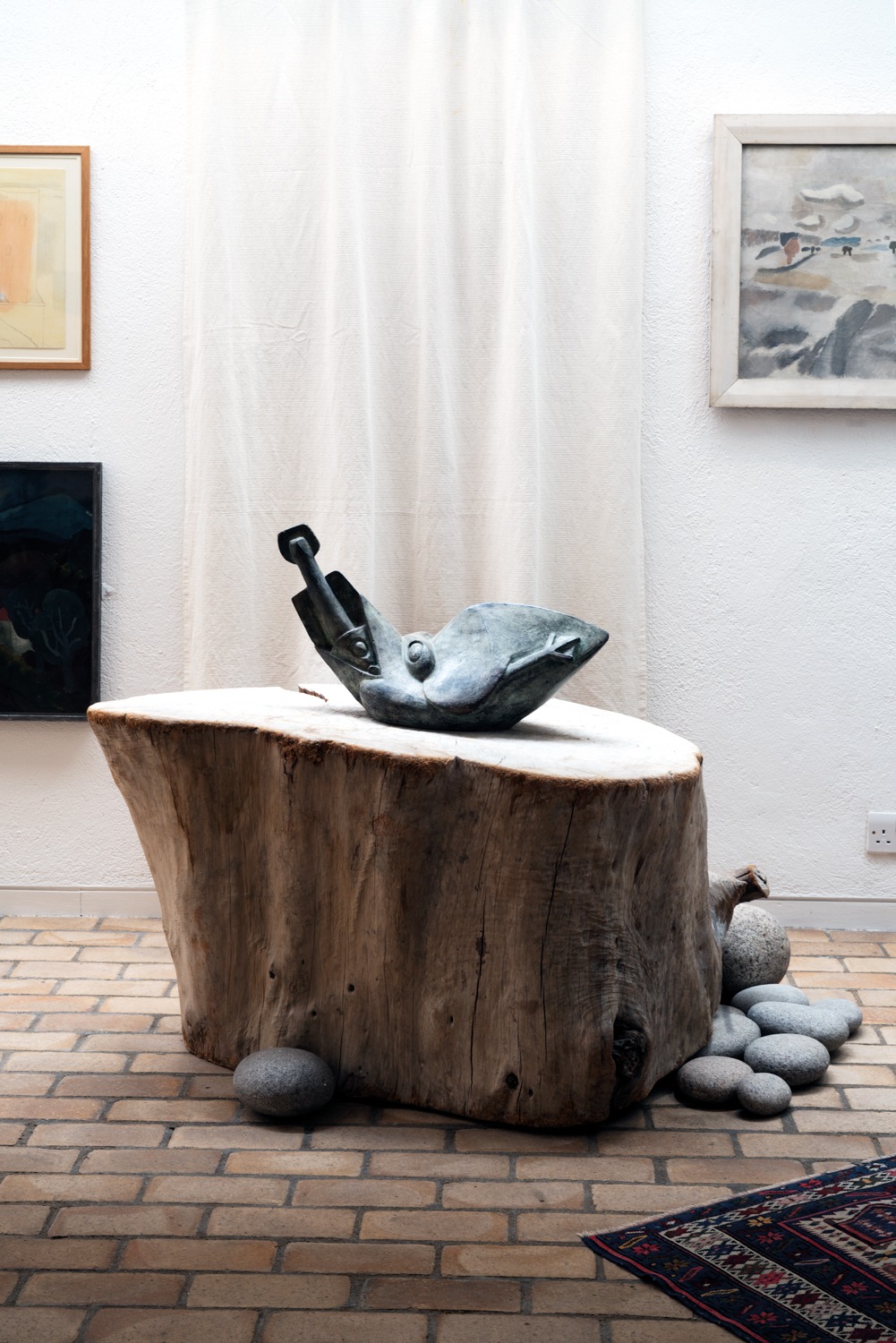
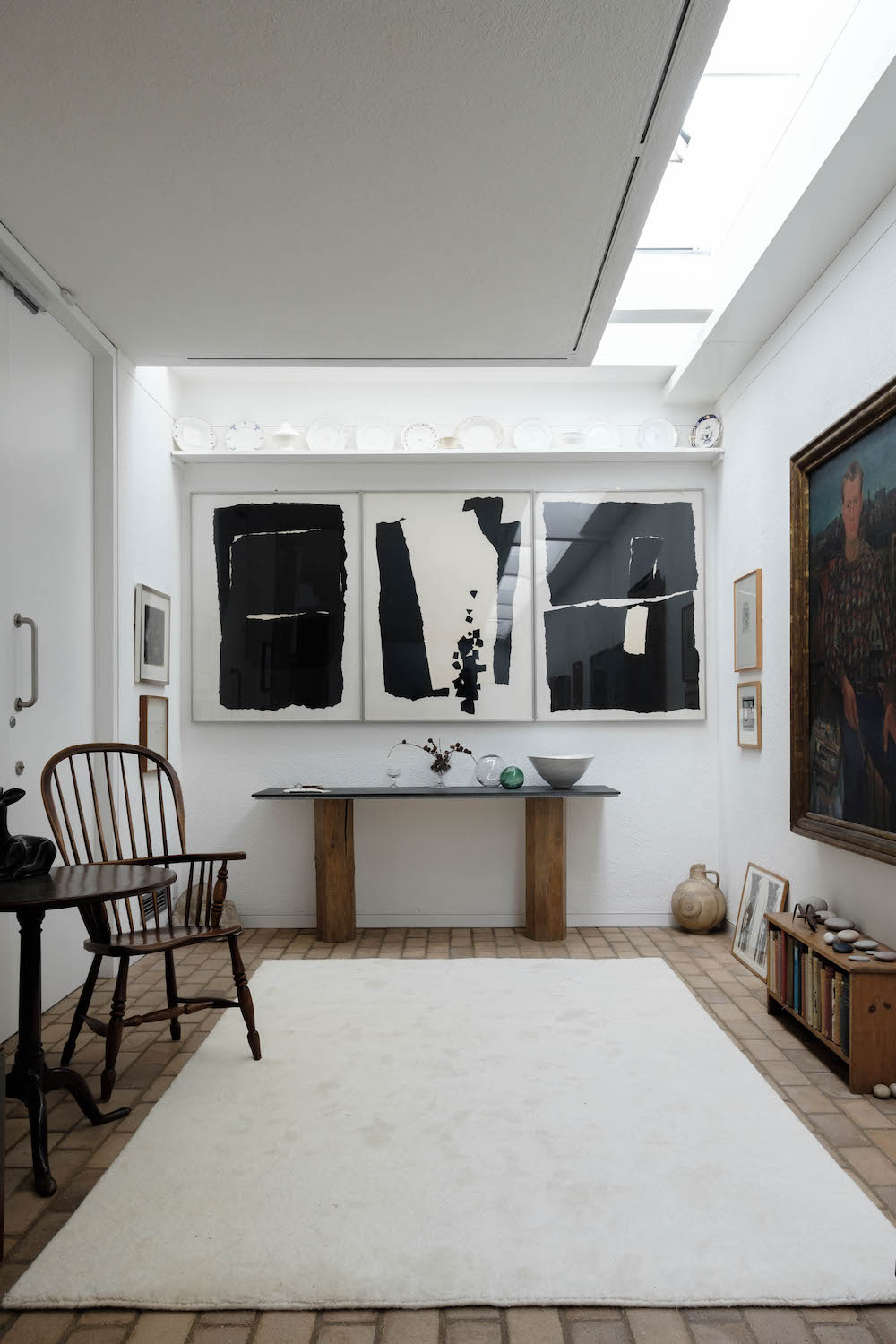
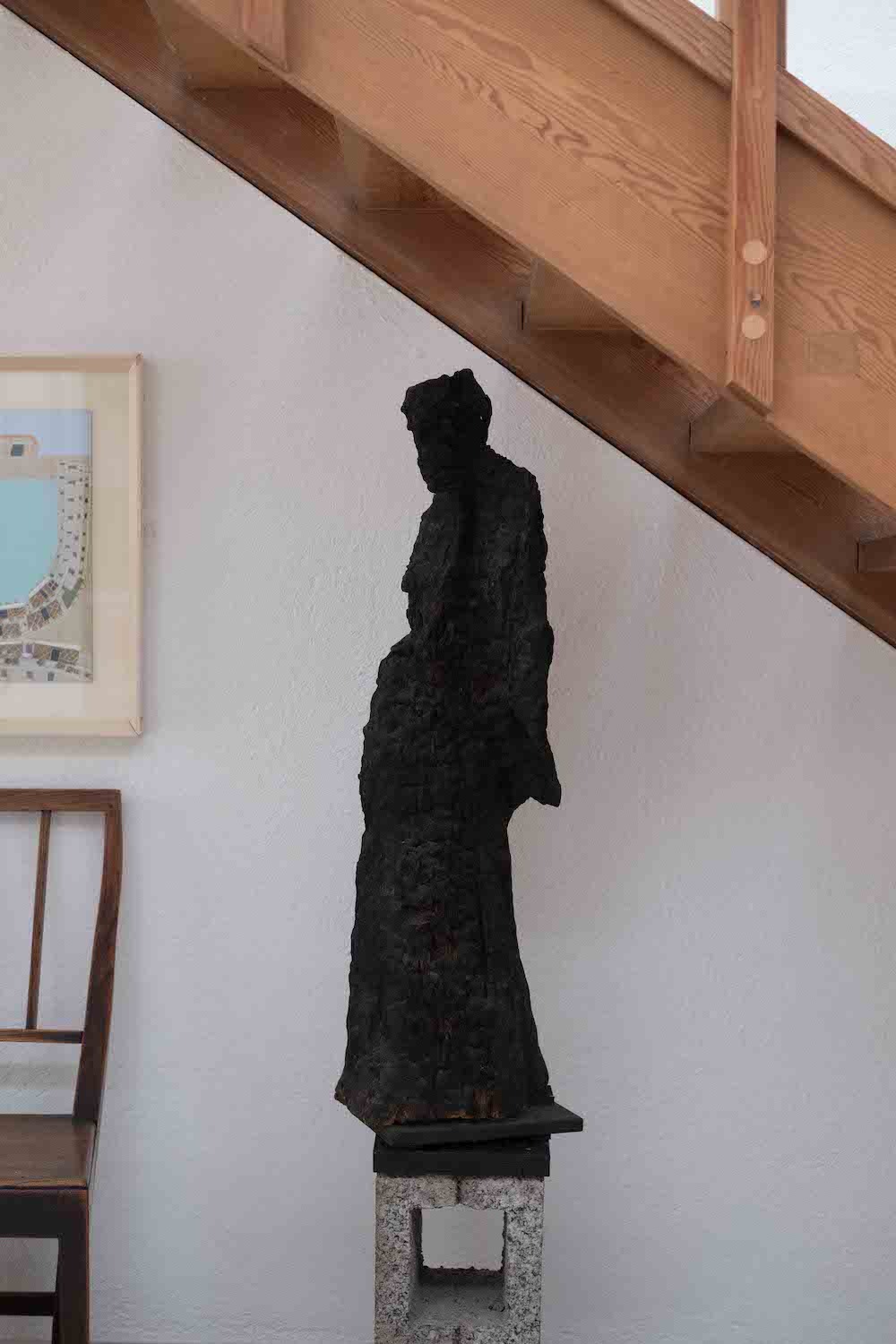
Usually, undergraduates and visitors were invited in the afternoon to ring the bell of Kettle’s Yard by pulling a fishing-net cork on the end of a rope just outside the main front door of the house – to which Jim Ede would likely answer after closing the lid to his Queen Anne bureau, his first purchase at just twelve years old. He would then write down the names of his guests on a card to later register them all in a book. In 1964, when responding to a thank you letter received from a student, Ede ended his own reply note with: ‘Do come in as often as you like – the place is only alive when used’.
The trust and intimacy inherent to the loaning of works of art to both students and visitors is crucial to Jim Ede’s legacy as a collector. Kettle’s Yard itself was a gift to the University of Cambridge in 1966 with a large amount of pieces collected by Ede, featuring the likes of Alfred Wallis, Barbara Hepworth, Lucie Rie and Gaudier-Brzeska, who was killed in the trenches during the First World War and owes much of his reputation to the support given to him posthumously by Ede.
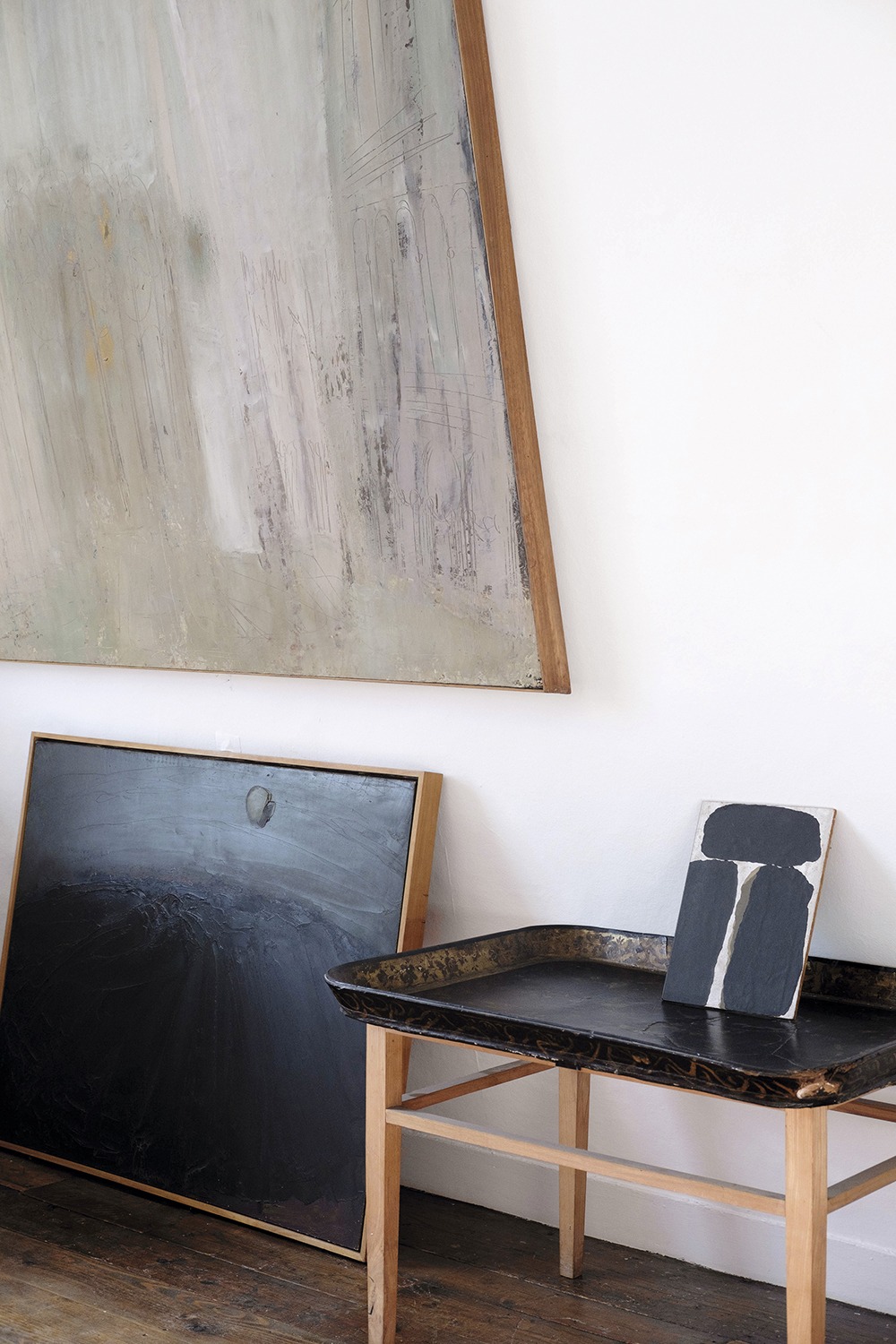
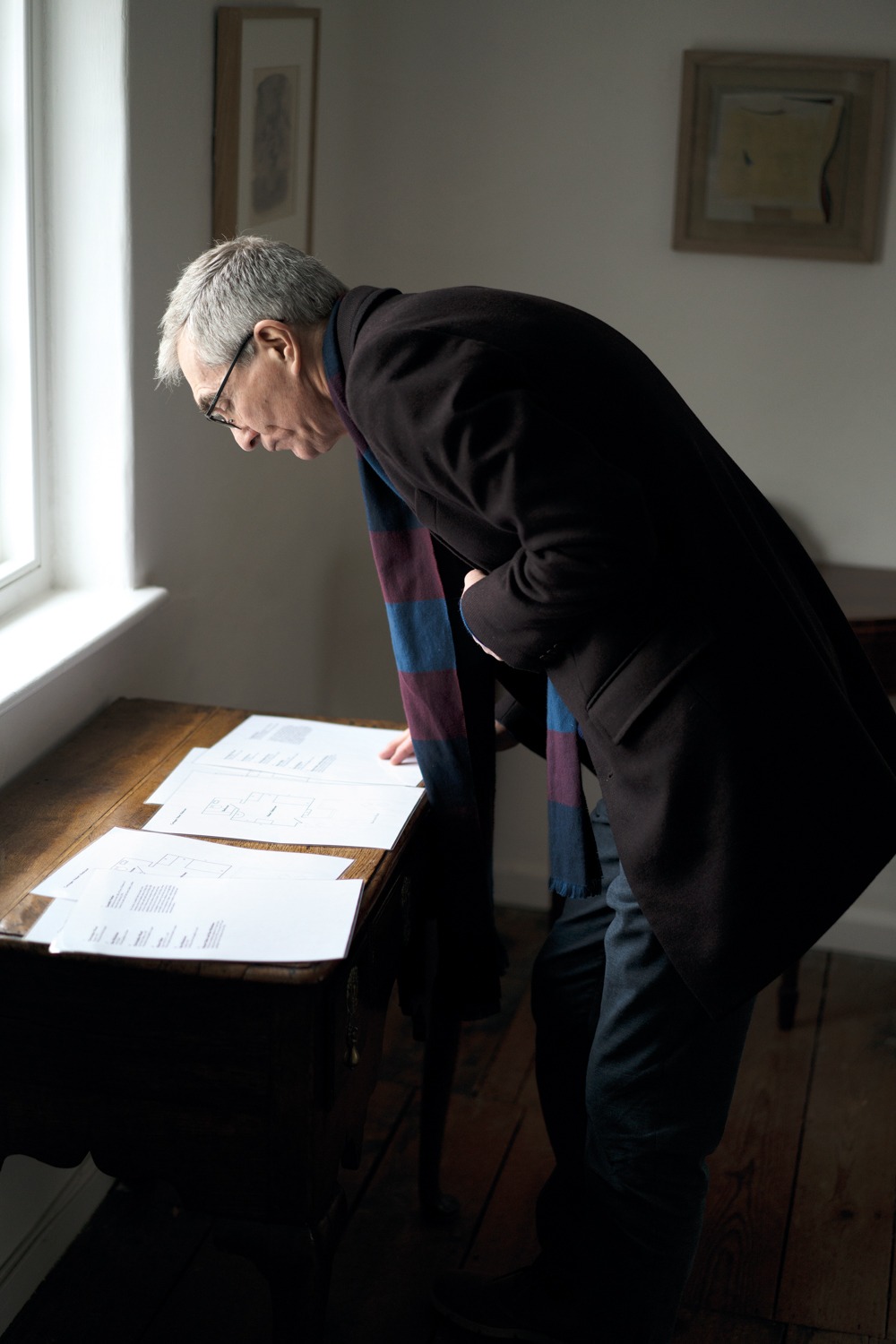
Unlabeled artworks are showcased all along a series of cozy nooks, interconnected by a spiral staircase, some strategically positioned at a comfortable armchair view height. Ceramics, pot plants and china teacups glisten in their placement with rays of daylight streaming through the bay windows. An ivory billiard ball would captivate younger visitors who had only seen plastic versions prior. Upstairs, I’m on the hunt for a small shaft between the bedrooms of Jim and his wife Helen Ede, which – according to the Kettle’s Yard team – must have been used to determine who was making the tea on any given morning. In his own way, Jim Ede democratized art, especially for those who might not have the opportunity to visit an art collector relative of their own.
With Ede’s generosity, grew the house. In 1970 Sir Leslie Martin and David Owers completed a modern extension of top-lit rooms with exposed wood and brick floors to accommodate more visitors. Kettle’s Yard is reinvented once more by architect Jamie Foubert, who was originally commissioned in 2004 to build a small education space, but in 2012 started afresh with £11 million for a more radical transformation, including exhibition spaces and two new galleries. The result is a perfect counterpoint to the house, which retains its familiarity, almost as if Ede may return at any minute.

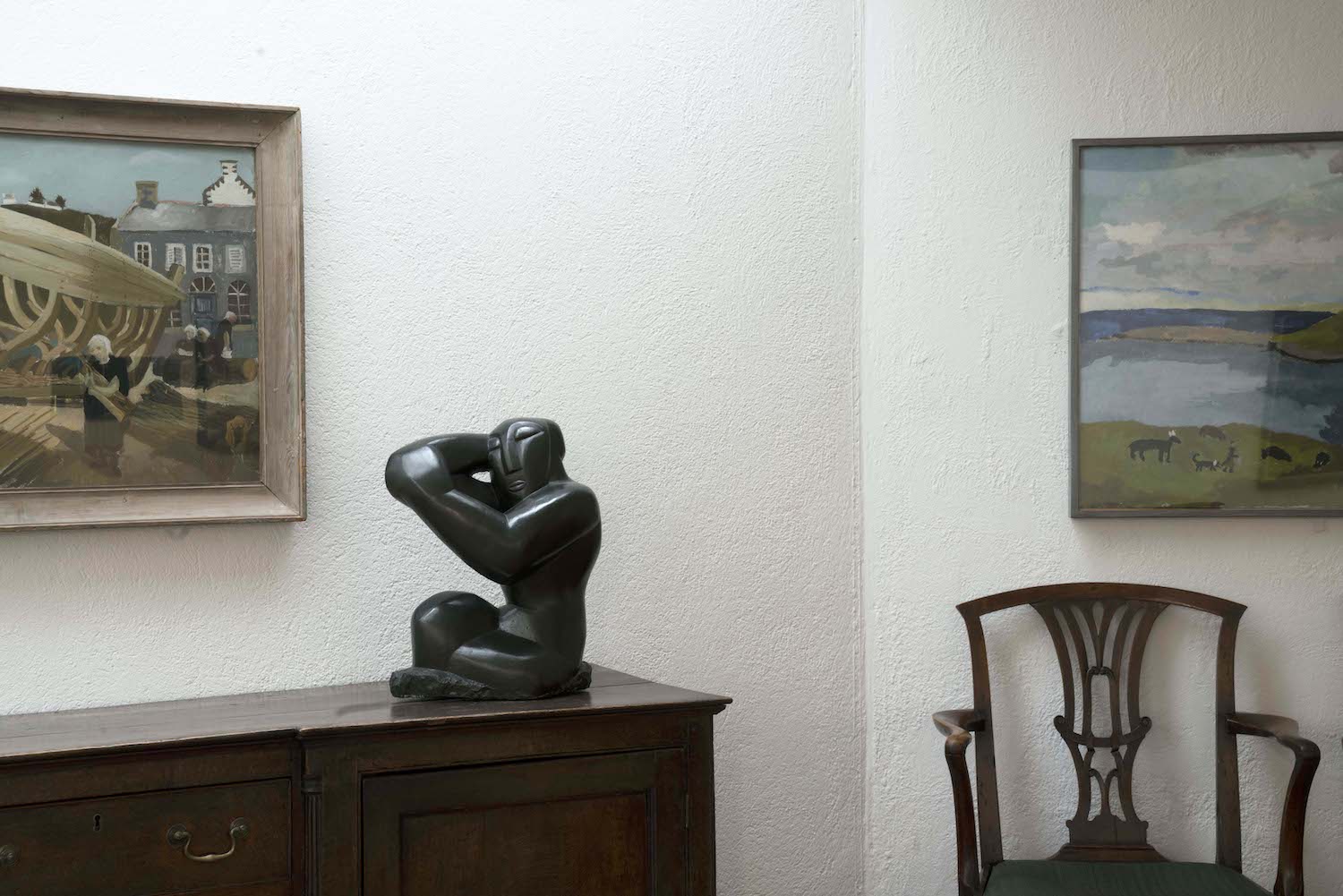
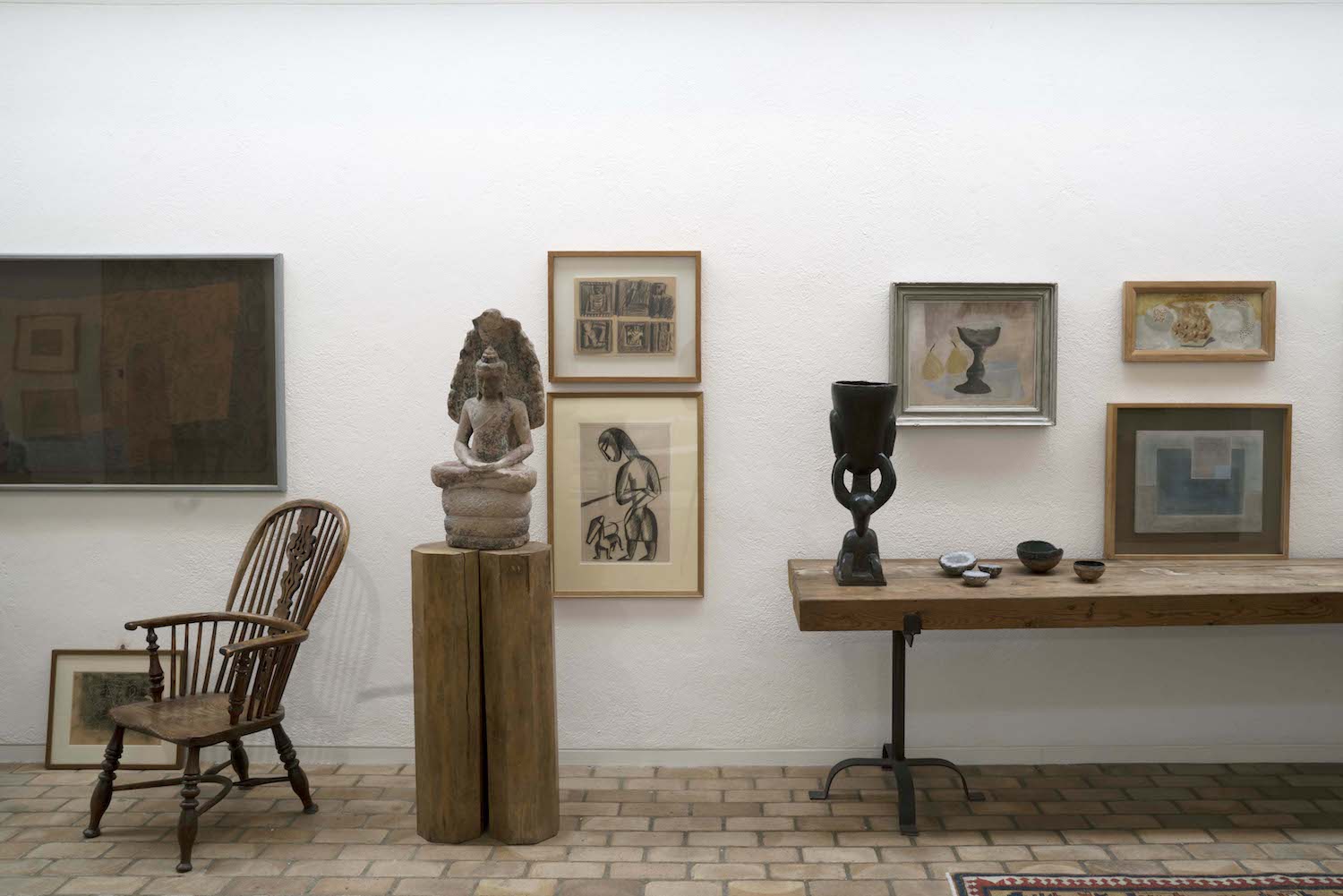
With Ede’s generosity, grew the house. In 1970 Sir Leslie Martin and David Owers completed a modern extension of top-lit rooms with exposed wood and brick floors to accommodate more visitors. Kettle’s Yard is reinvented once more by architect Jamie Foubert, who was originally commissioned in 2004 to build a small education space, but in 2012 started afresh with £11 million for a more radical transformation, including exhibition spaces and two new galleries. The result is a perfect counterpoint to the house, which retains its familiarity, almost as if Ede may return at any minute.
Jim Ede wrote ‘A way of life’, a book that gently unfolds the layered story of Kettle’s Yard, taking readers through the house as if they were being shown around by Jim himself. His descriptions flow from Christopher Wood’s red and yellow shades, to a wooden pillow-stool bought for less than five shillings from an island off the coast of Africa when he was sixteen, to how the reflection in the picture’s glass adds a fresh quality to Wood’s work. The book’s introduction begins with a contribution from a local schoolboy who, back in 1972, hailed Kettle’s Yard as ‘peculiarly exciting’.
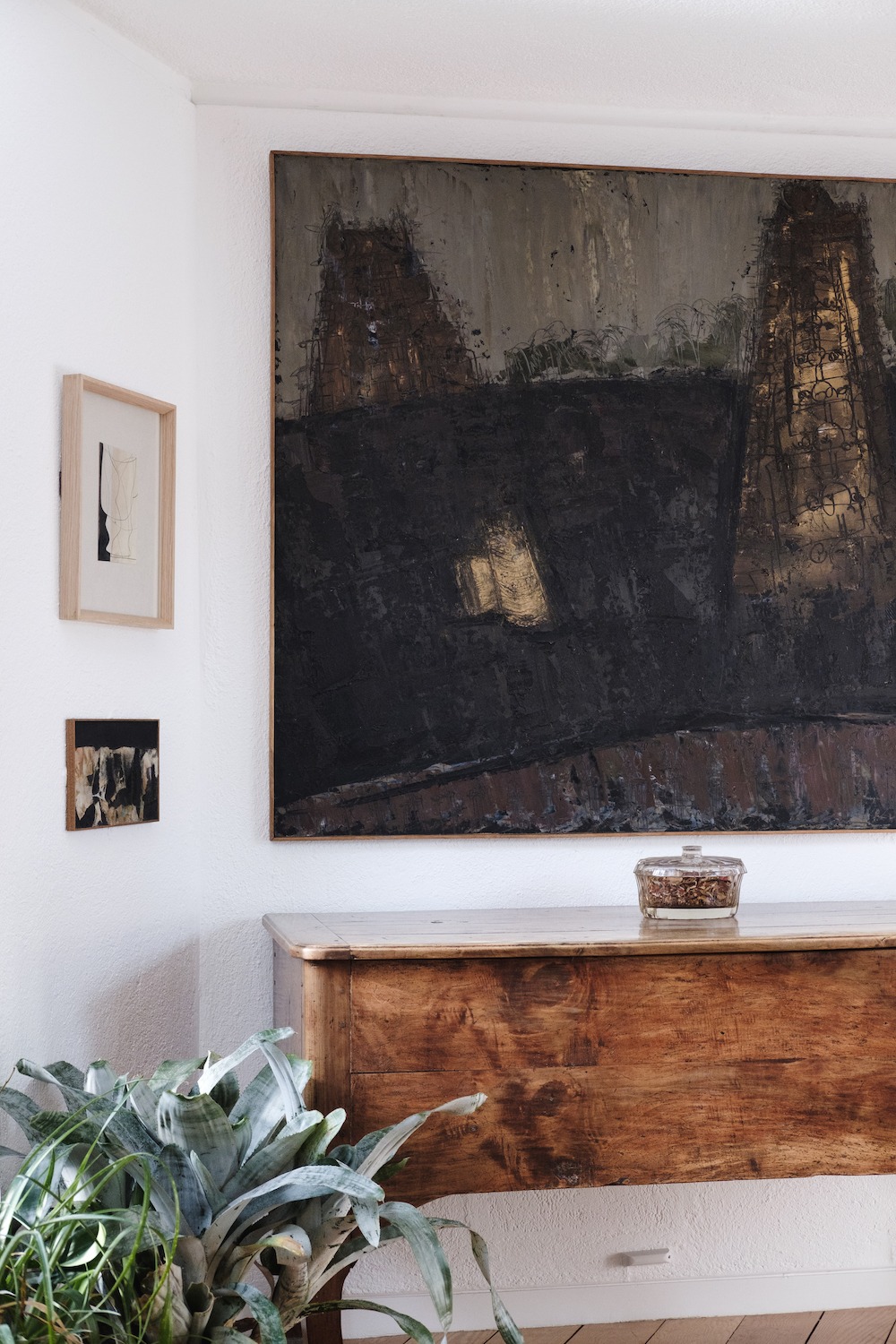
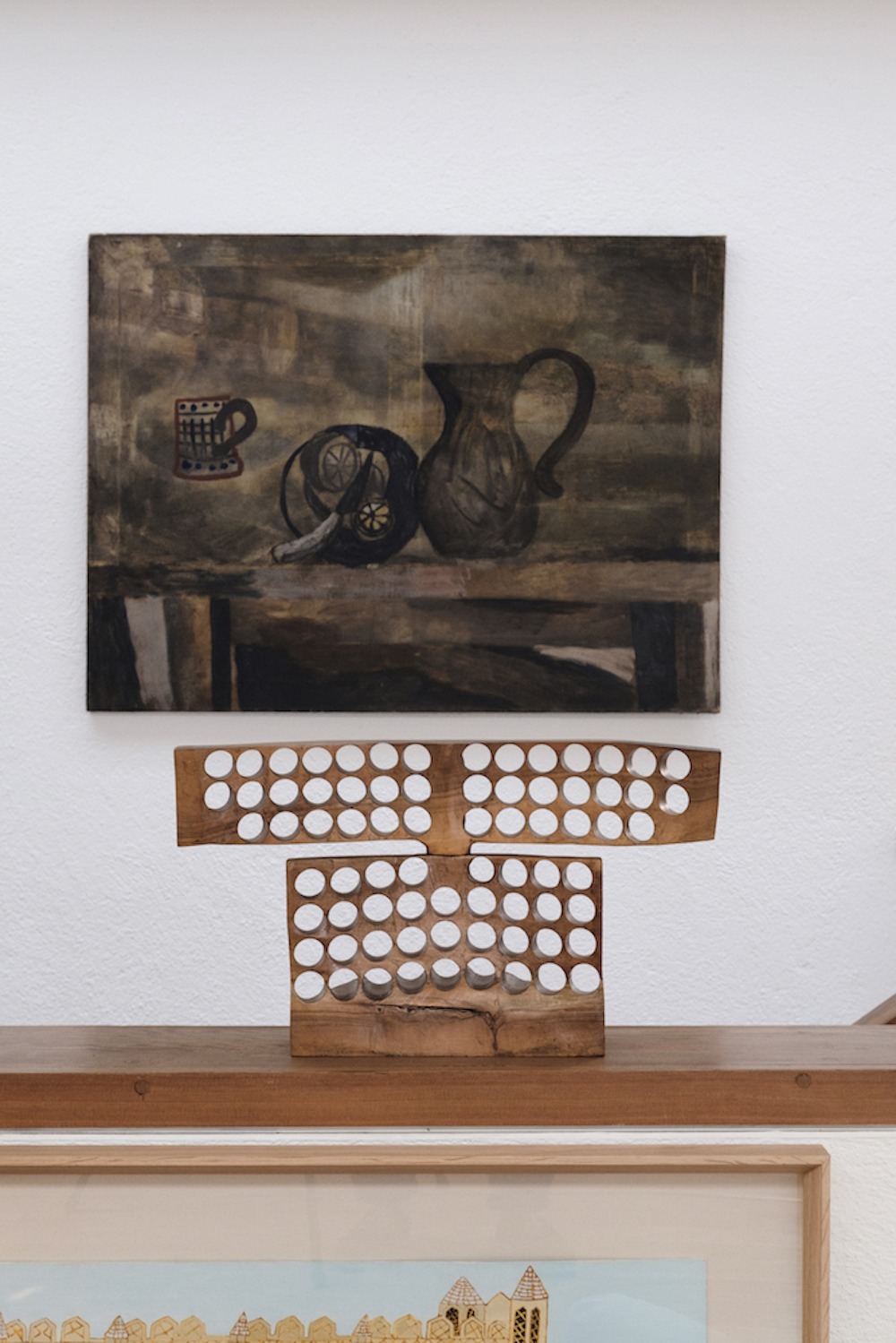
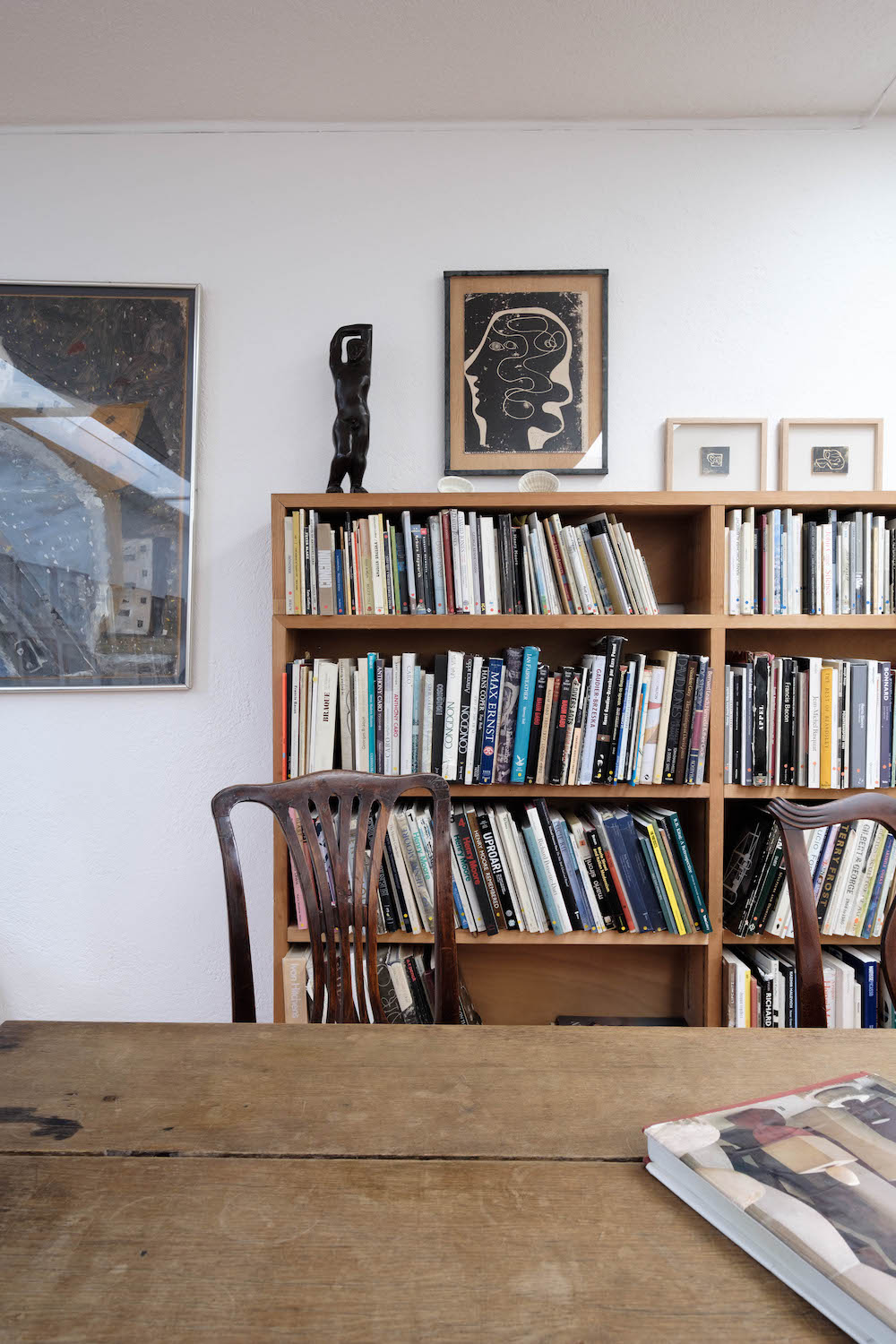
On a pewter plate, just beyond the entranceway, sits a fresh lemon, placed so as to invite comparison to the yellow dot on a Miró hanging adjacent. Ede would cover various spots with his finger on that same Miró painting to show students how its balance would shift completely by doing so, ‘This gave me a much needed chance to mention God, by saying that if I had to find another name for God, I think it would be Balance, for with perfect balance all would be well. This often led to interesting talk.’
On the fireplace, the presence of two shells found on a beach in Ceuta are credited to Dali’s influence, because if it weren’t for those paintings he would have discarded them as broken and ‘Kettle’s Yard would never have had this so beautiful combination of forms.’ Long before Kettle’s Yard came into existence, Winifred Nicholson taught Ede about the connection between art and daily living. Winifred’s husband, painter Ben Nicholson, liked to say that ‘The traffic in Piccadilly had the rhythm of a ballet and a game of tennis the perfection of an old master.’ It was the Nicholsons who opened the doors of the contemporary art world to Jim Ede. ‘Apples and Pears’, one of Ben Nicholson’s still lifes, was hung close to the recess on the right of the ground floor for the enjoyment of undergraduates as they sat down together for tea.
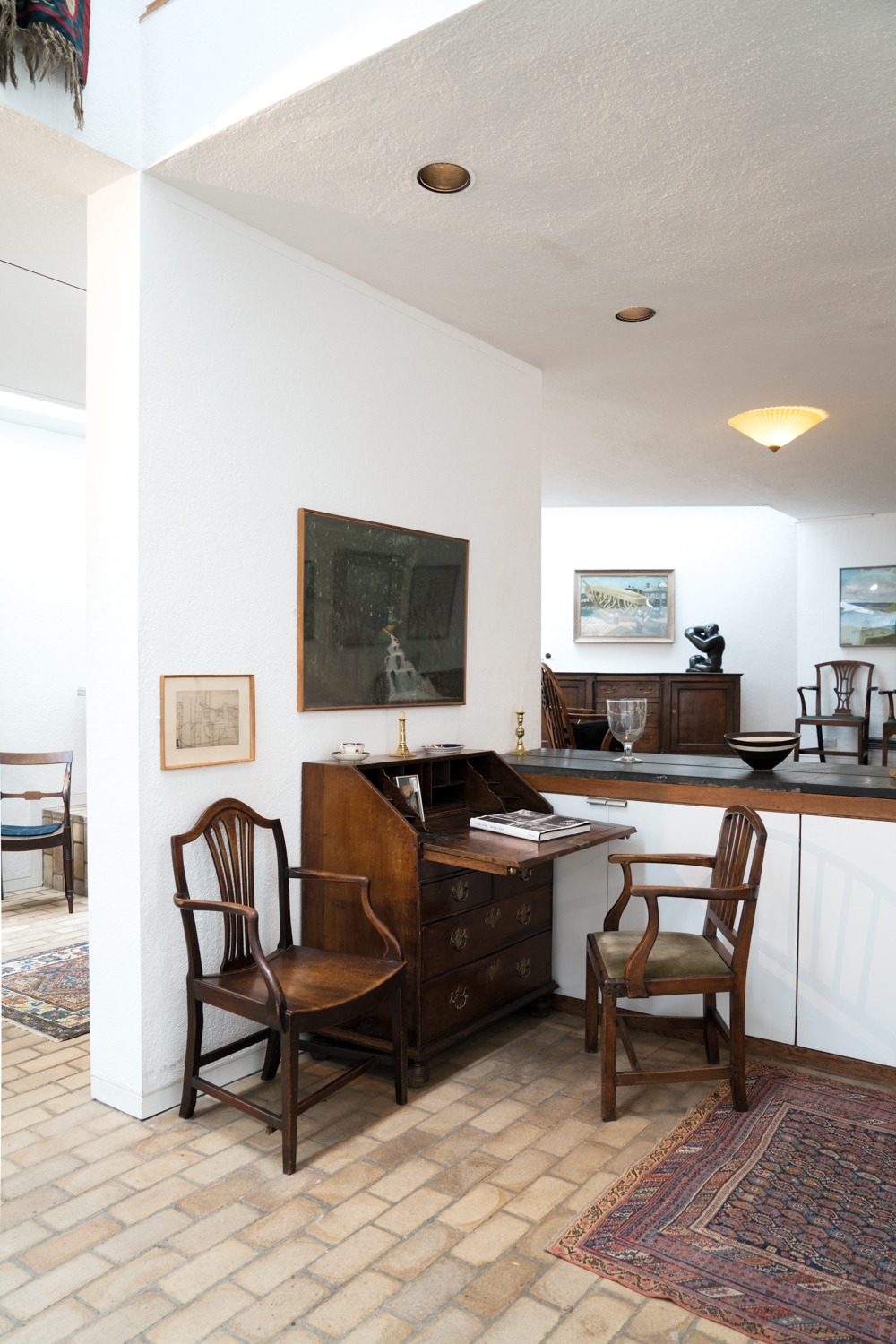
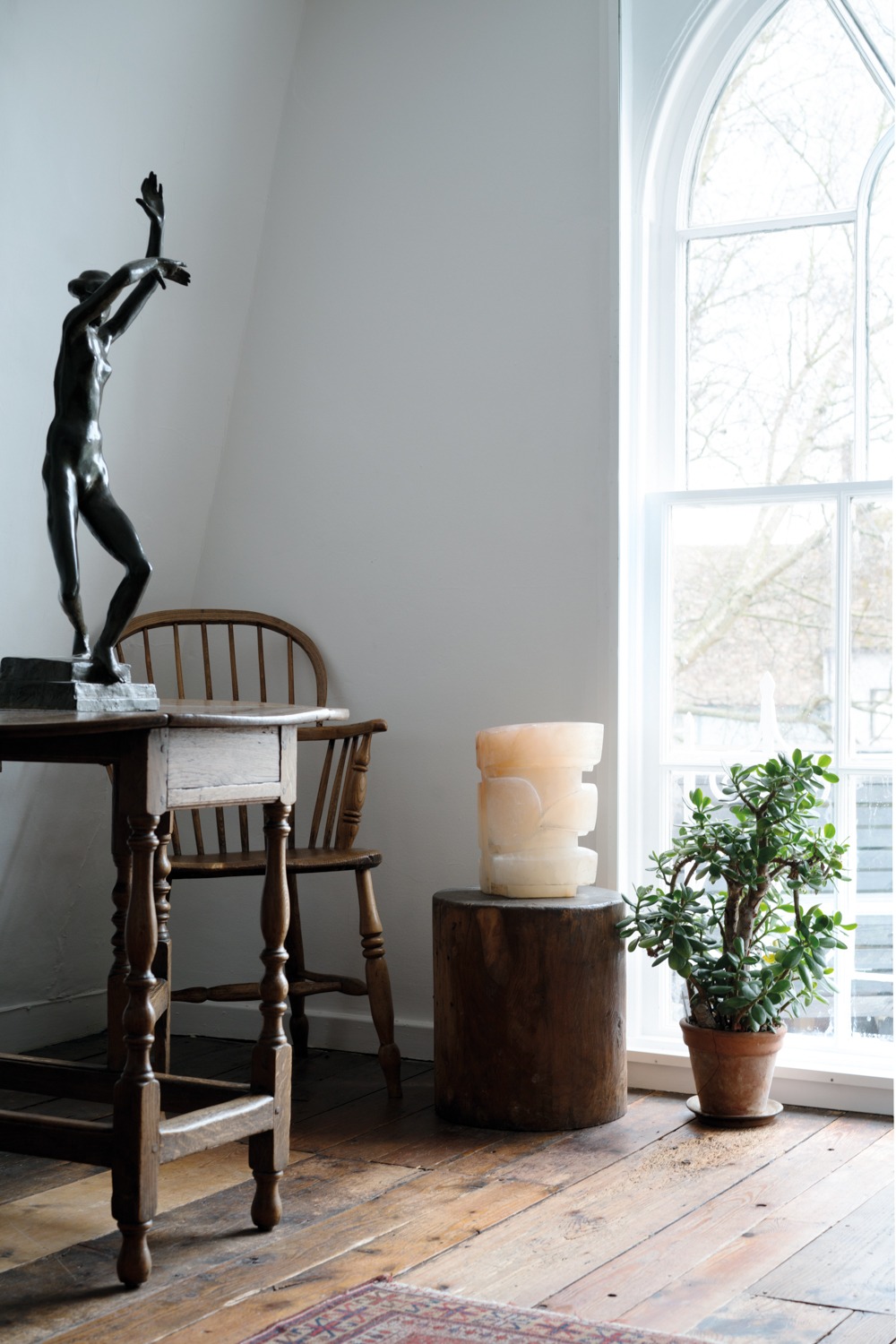
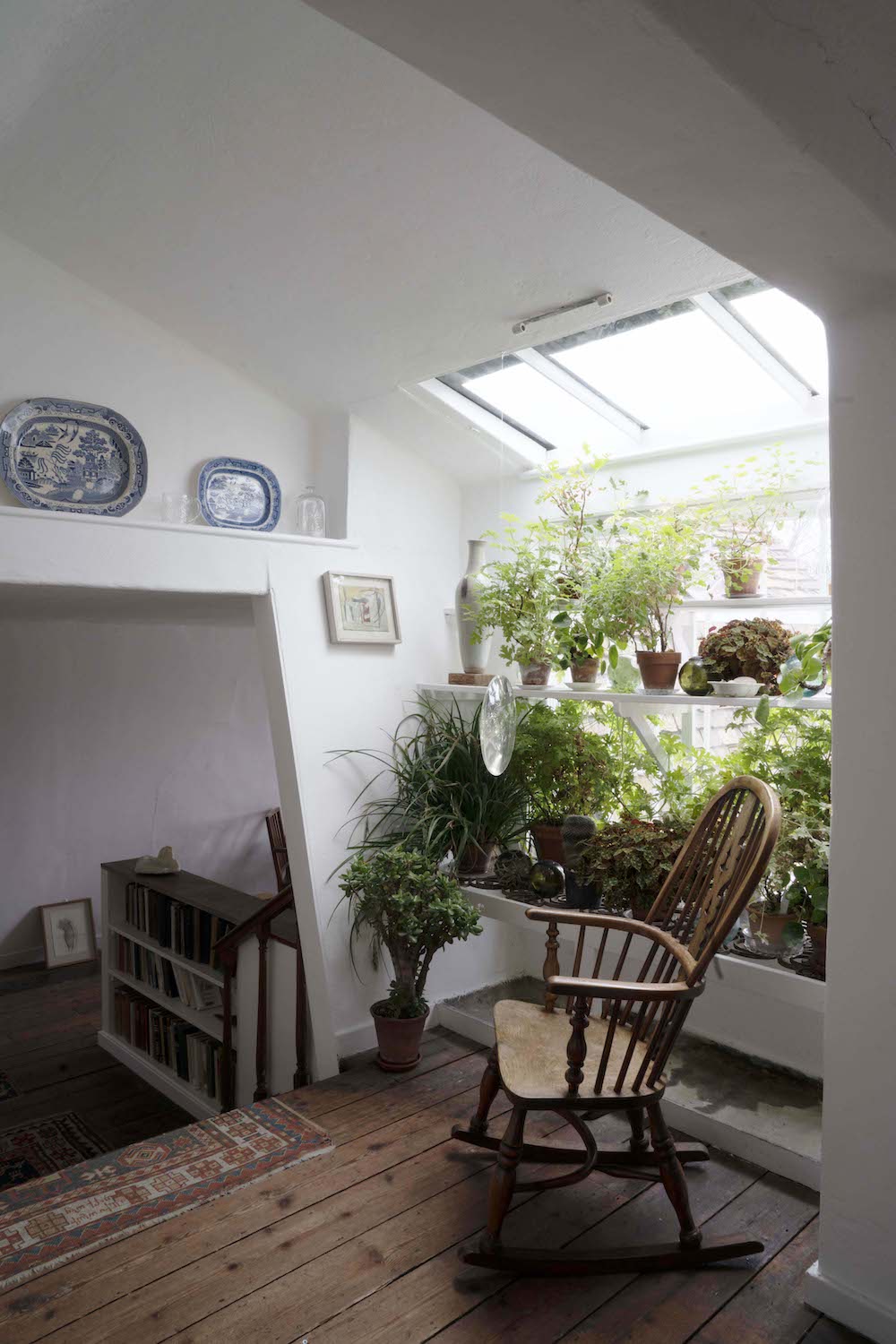
Jim Ede began opening his house while he was living in Hampstead in the late 1920s to a mixture of creative people like the Nicholsons, including others such as Henry Moore, Georges Braque and Naum Gabo. He later welcomed soldiers based in Gibraltar to his modernist home in Tangier for respite. Kettle’s Yard’s Director Andrew Nairne mentions recorded interviews given by Ede toward the end of his life: ‘He interviews himself in a way [asking] “What is Kettle’s Yard? It’s a space, an ambiance, a home” and when he says it’s a ‘home’, it’s really powerful.’ As Nairne explains to me, Ede’s experience of the First World War coloured his approach to life, ‘If Kettle’s Yard is not a museum, then what is it? It’s a kind of sanctuary, not a sanctuary that’s about escaping from the world. It’s like good meditation: it sharpens up your relationship to the world as you experience it and makes you see it better.’
Kettle’s Yard is where Jim Ede’s aspiration for stillness met his appetite for discovery of the unknown. Radical art in a domestic realm, replacing financial value with visual value. Visitors sharpen their ability to look, while Ede’s observation of beauty in broken things says something to people about themselves.
